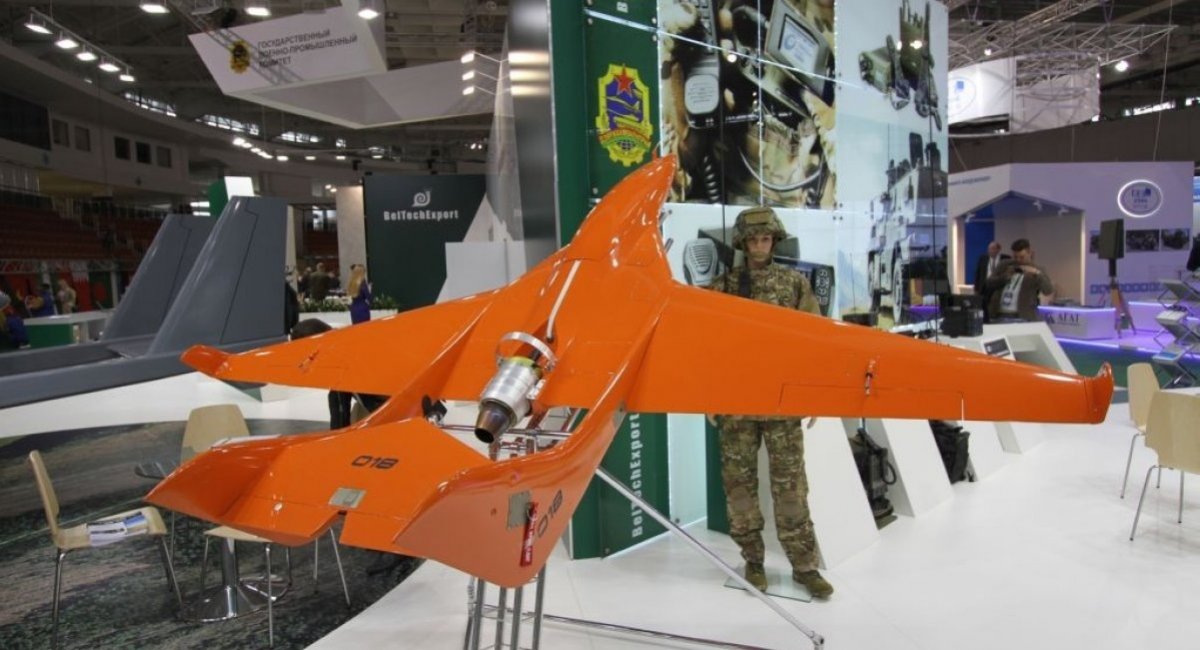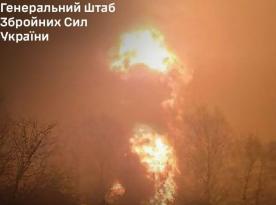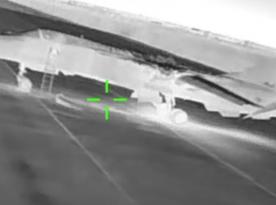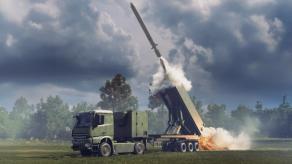Mass media is currently closely monitoring and covering the ongoing hostilities in the Democratic Republic of the Congo (DRC), where government troops are fighting against the Rwandan-backed M23 rebels, already compared to the russia's actions in eastern Ukraine in 2014.
The M23 rebels were able to capture the important city of Goma in the DRC and go hands on a significant cache of combat aviation, including one Su-25 attack aircraft and up to twenty belarusian-made Berkut-VM jet-powered unmanned aerial vehicles, theoretically with optional loitering munition mode.
Read more: Gerbera Decoy Drones Now Armed With Warheads to Strike Ukraine (Photo)
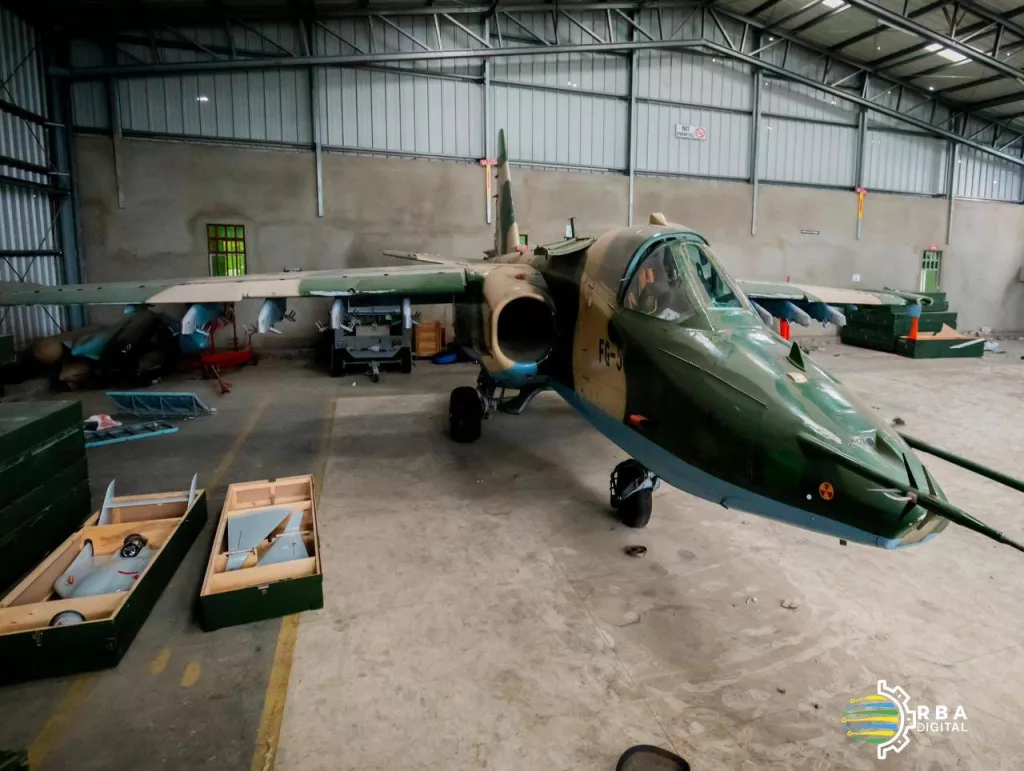
The phrase "belarusian-made jet UAVs" in itself sounds surprising, given the technological complexity of the equipment in question. Still, Berkut-VM has been around for a while actually, and belarusians themselves had already presented similar products before, they just did not garner much attention abroad.
For example, the said Berkut-VM jet drone was first demonstrated in 2021 during the MILEX exhibition in Minsk. The UAV was positioned as a target for air defense units' training or for testing new anti-aircraft systems.
It was also stated that the Berkut-VM as a target drone has the following characteristics: flight duration of up to 30 minutes, ceiling at 3,000 meters, combat radius is 110 km (68 mi), and maximum speed is 400 km/h (almost 250 mph).
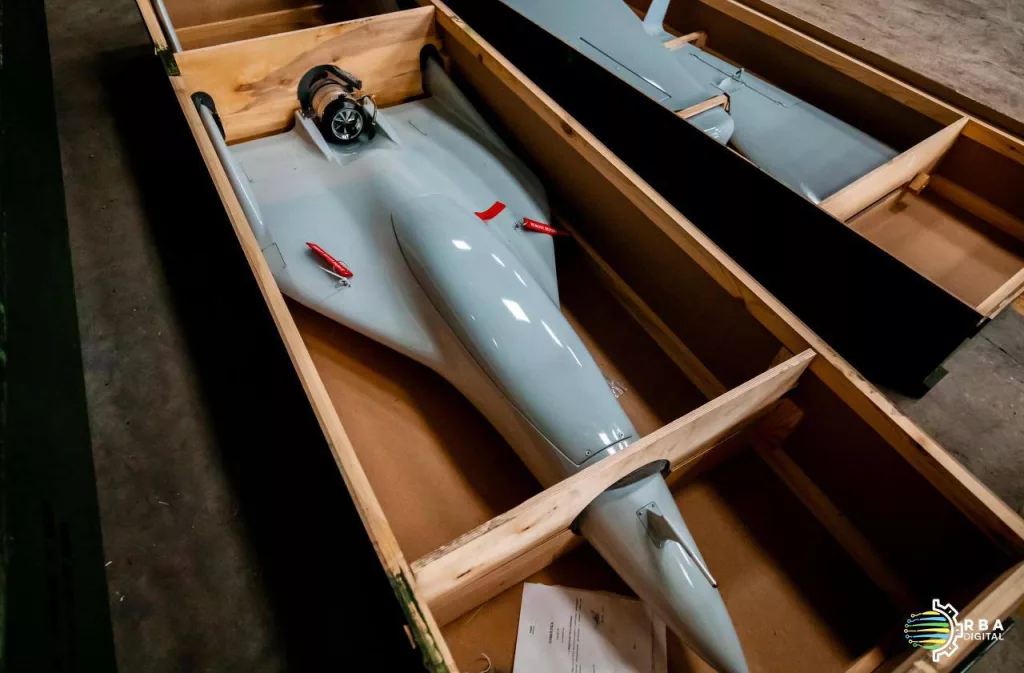
Then, in October 2022, during an event attended by belarusian dictator Alexander Lukashenko, state defense industry operator Gosvoenprom unveiled several new models, one of them was Mirotvorets — a jet kamikaze drone, structurally similar to the Berkut-VM.
This similarity led to assumptions that the belarusian military-industrial complex simply modified Berkut-VM by adding the option of using it as an explosive suicide drone. Independent community Motolko Help at the time claimed that this jet belarusian wunderwaffe relied on Chinese Swiwin SW300B jet engines priced at about USD 6,000 apiece.
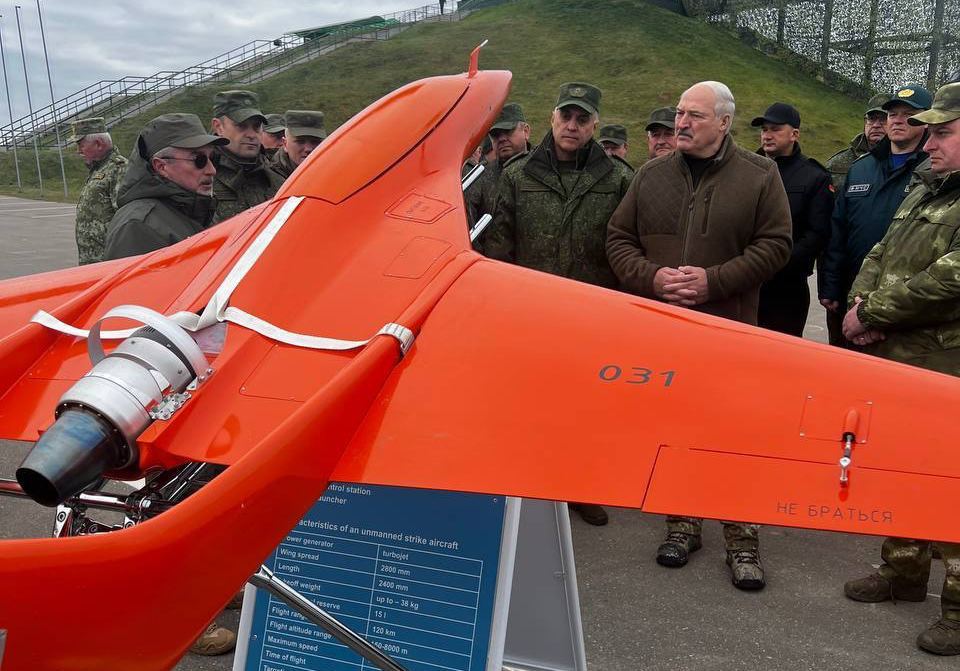
To detail, until the Berkut-VM surfaced in eastern Congo, there was only one media appearance of belarusian drones as export products: a batch had been delivered to Angola in 2019, reports unverified. This makes the sudden discovery of the same UAVs in the DRC so surprising.
That said, there's a lingering question, if belarus, as Kremlin's satellite, could supply these or similar jet drones to the russian army deployed against Ukraine. That remains unlikely because Minsk seems disinterested in such hypothetical deliveries, instead preferring solid export revenues from selling its defense industry products to foreign markets.
Nonetheless, it should be noted down that the belarusian military-industrial complex has managed to establish production of jet UAVs, probably using engines from China.
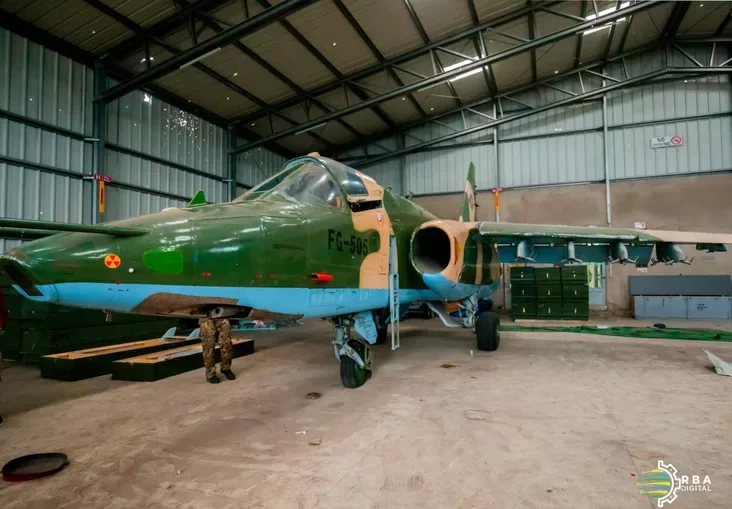
Read more: belarus Has 18 Drone Makers, Still Buys Three SuperCam UAVs From russia for One Million Dollars



